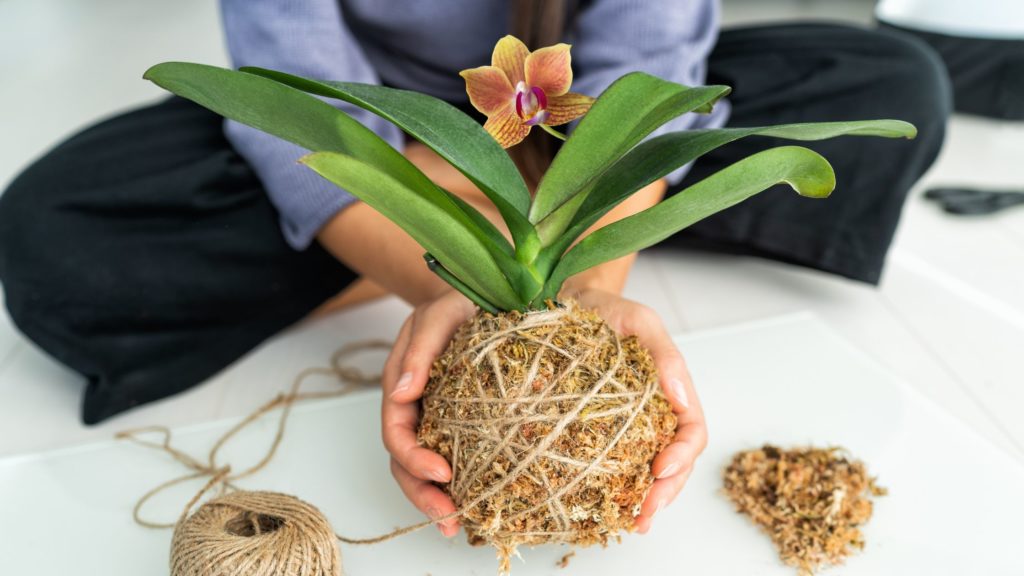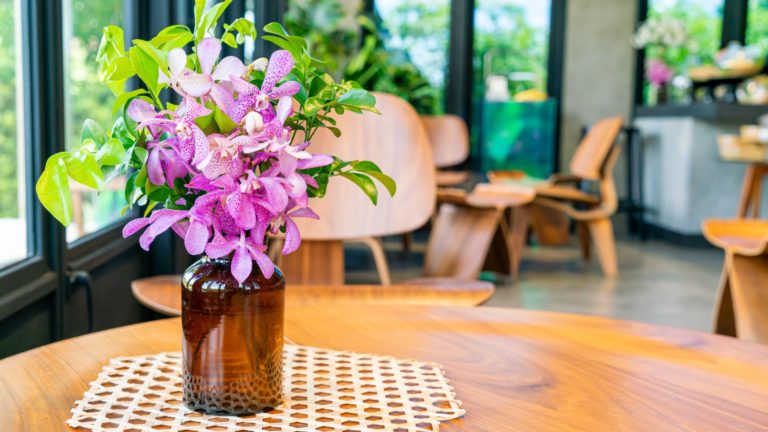Welcome to the world of orchids, where beauty and fragrance meet your passion for indoor gardening. These delicate blooms, once reserved for exotic gardens, can now find a special place in your heart and home.
Cultivating orchids, much like any meaningful relationship, requires a delicate touch and a bit of shared understanding. In this guide, we’ll embark on a journey together, exploring essential tips for nurturing these enchanting plants and coaxing them into a graceful bloom that resonates with you.
Choosing the Right Orchid:
Before we dive into the care tips, let’s take a moment to choose the right orchid for your unique space. Orchids, like friends, come in various species, each with its own personality and preferences.
Consider the Phalaenopsis, or moth orchids, as your ideal starting companion – resilient and adaptable to the nuances of your indoor world.
Cattleyas offer vibrant colors and a delightful fragrance, while Dendrobiums present a diverse array of shapes and sizes. Explore these botanical personalities and find the one that aligns with your taste and living environment.
Lighting:
Just like you need the right light in your life, so do orchids. Most orchids thrive in bright, indirect light, much like the gentle glow of shared moments.
Place them near a window with sheer curtains or provide filtered sunlight to ensure they bask in the light without risking any sunburn.
Avoid exposing them to harsh direct sunlight for prolonged periods, respecting their delicate nature.
If your living space lacks natural light, consider artificial sources crafted specifically to illuminate the world of orchids.

Temperature and Humidity:
Imagine creating the perfect ambiance for a cherished friend – orchids appreciate the same. They prefer temperatures between 60-75°F (15-24°C) during the day, with a slightly cooler embrace at night.
Consistency is key, as abrupt temperature changes can stress these botanical companions. Like you, orchids thrive in a warm and welcoming environment, ideally maintaining humidity levels between 40-60%.
Enhance their comfort by placing a tray of water nearby or introducing a humidifier, especially during the dry winter months when indoor heating prevails.
Watering:
Much like nurturing any relationship, finding the right balance is crucial. Orchids, too, prefer a well-draining medium, ensuring their roots don’t linger in water.
When watering, shower them with care, allowing excess water to gracefully exit the pot. It’s essential to let their growing medium breathe, permitting a gentle drying out before your next shared watering session.
Stick to a consistent schedule, adjusting as needed based on the ebb and flow of factors like temperature and humidity. Always offer a morning shower, letting excess moisture evaporate throughout the day.
Potting and Repotting:
Consider the potting process as creating a comfortable living space for your orchid friend. They typically reside in a mix of bark, sphagnum moss, and perlite, providing a harmonious balance for their roots.
When it’s time for a change, consider repotting when the growing medium begins to break down or when your orchid outgrows its current home.
Choose a new container with the care you would when selecting a home for yourself – clean, well-draining, and spacious enough to allow for proper aeration. Perform this act of relocation after the orchid completes its bloom, allowing it time to settle before the next chapter unfolds.
Fertilizing:
Every friendship needs nourishment, and so do your orchids. Offer them a balanced orchid fertilizer, a shared meal that occurs at half-strength every 2-4 weeks during their growing season.
Like any relationship, know when to give them space – reduce or eliminate fertilization when your orchid is not actively growing or during its dormant period.
Overfeeding can lead to salt buildup, a potential stressor for their delicate roots.
Pruning and Deadheading:
In the dance of life, every now and then, a bit of pruning and deadheading is necessary. Help your orchid friend grow and bloom by removing spent flowers and yellowing leaves.
It’s like clearing the path for new adventures, redirecting their energy toward fresh growth. When the bloom fades, gracefully trim back the flower spikes just above a node.
This encourages your orchid to produce new spikes, extending the shared moments of blooming beauty.
Patience and Observation:
Like any meaningful connection, successful orchid care requires patience and keen observation on your part. Orchids are sensitive to changes in their surroundings, and their needs may shift throughout the seasons.
As you share your space, keep a watchful eye for any signs of distress – yellowing leaves or wilting flowers.
Adjust your care routine as needed, and with time and attention, you’ll develop an intimate understanding of your orchid’s unique desires.
Conclusion:
Cultivating orchids at home is not just a gardening endeavor; it’s a shared journey filled with moments of growth and beauty. For you, this is an opportunity to connect with nature on a personal level.
By selecting the right orchid, providing optimal lighting, temperature, and humidity, and embracing essential care practices, you can witness the breathtaking beauty of these enchanting flowers in a way that resonates with you.
Remember, orchid care is an ongoing dialogue, a dance of understanding that requires dedication and a gentle touch. With the right approach, you’ll be rewarded with vibrant blooms and a flourishing orchid that graces your home with its unique elegance, becoming a cherished companion in your shared space.


